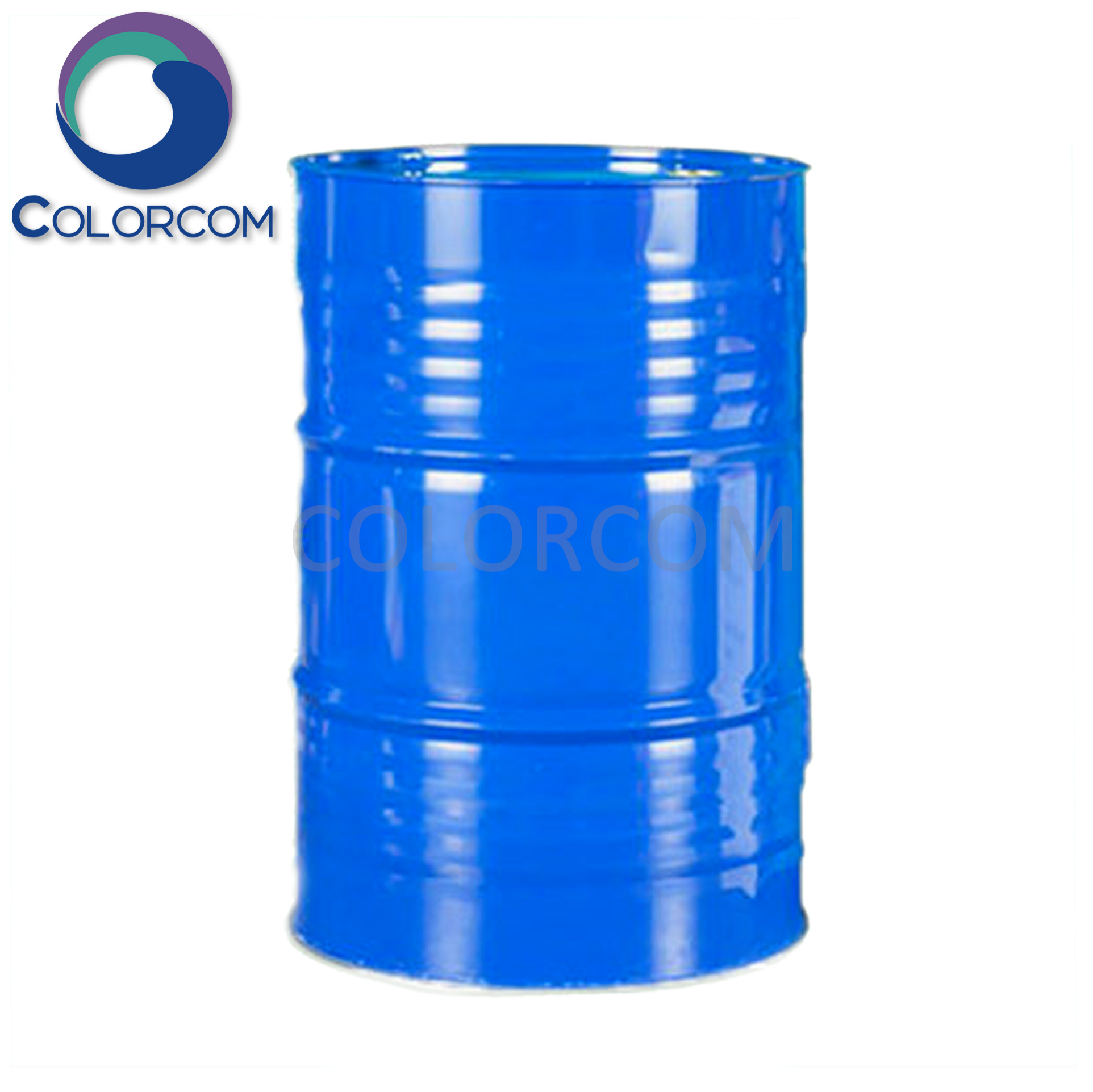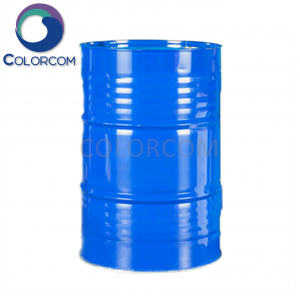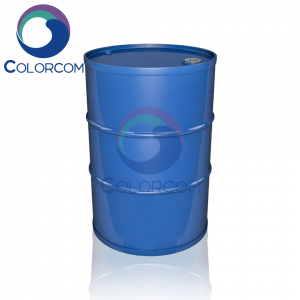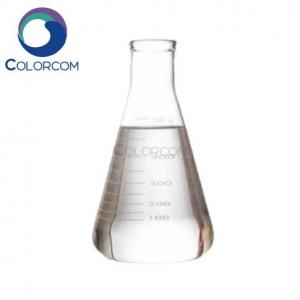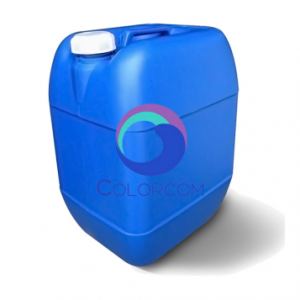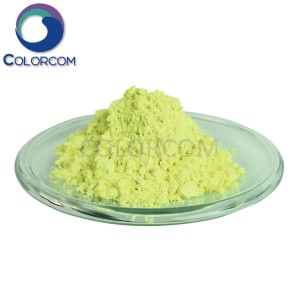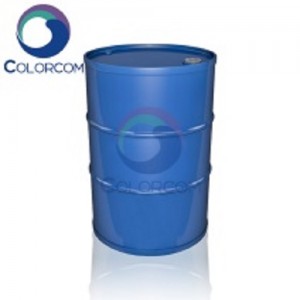Isopropanol | 67-63-0
Product Physical Data:
| Product Name |
Isopropanol |
| Properties |
Colorless transparent liquid, with an odor similar to a mixture of ethanol and acetone |
| Melting Point(°C) |
-88.5 |
| Boiling Point(°C) |
82.5 |
| Relative density (Water=1) |
0.79 |
| Relative vapour density (air=1) |
2.1 |
| Saturated vapour pressure (kPa) |
4.40 |
| Heat of combustion (kJ/mol) |
-1995.5 |
| Critical temperature (°C) |
235 |
| Critical pressure (MPa) |
4.76 |
| Octanol/water partition coefficient |
0.05 |
| Flash point (°C) |
11 |
| Ignition temperature (°C) |
465 |
| Upper explosion limit (%) |
12.7 |
| Lower explosion limit (%) |
2.0 |
| Solubility | Soluble in most organic solvents such as water, ethanol, ether, benzene, chloroform, etc. |
Product Properties and Stability:
1.Ethanol-like odour. Miscible with water, ethanol, ether, chloroform. Can melt alkaloids, rubber and other organic substances and some inorganic substances. At room temperature, it can ignite and burn, and its vapour is easy to form explosive mixtures when mixed with air.
2.The product is low toxicity, the operator should wear protective gear. Isopropyl alcohol is easy to produce peroxide, sometimes need to be identified before use. The method is: take 0.5mL isopropyl alcohol, add 1mL 10% potassium iodide solution and 0.5mL 1:5 dilute hydrochloric acid and a few drops of starch solution, shake for 1 minute, if blue or blue-black that is proved to have peroxide.
3.Flammable and low toxicity. The toxicity of the vapour is two times that of ethanol, and the toxicity is opposite when it is taken internally. High concentration of vapour has obvious anaesthesia, irritation to eyes and mucous membrane of respiratory tract, can damage retina and optic nerve. Oral LD505.47g/kg in rats, maximum permissible concentration in air 980mg/m3, operators should wear gas masks. Wear gas-tight protective eyewear when concentration is high. Close equipment and pipelines; implement local or comprehensive ventilation.
4.Slightly toxic. Physiological effects and ethanol are similar, toxicity, anaesthesia and the stimulation of the mucous membrane of the upper respiratory tract are stronger than ethanol, but not as strong as propanol. There is almost no accumulation in the body, and the bactericidal ability is 2 times stronger than that of ethanol. Olfactory threshold concentration of 1.1mg/m3. The maximum permissible concentration in the workplace is 1020mg/m3.
5.Stability: Stable
6.Prohibited substances: Strong oxidising agents, acids, anhydrides, halogens.
7.Hazard of polymerisation: Non-polymerisation
Product Application:
1.It has a wide range of uses as an organic raw material and solvent. As chemical raw materials, it can produce acetone, hydrogen peroxide, methyl isobutyl ketone, diisobutyl ketone, isopropylamine, isopropyl ether, isopropanol ether, isopropyl chloride, isopropyl fatty acid ester and chlorinated fatty acid isopropyl ester. In fine chemicals, it can be used to produce isopropyl nitrate, isopropyl xanthate, triisopropyl phosphite, aluminium triisopropoxide, as well as pharmaceuticals and pesticides. As a solvent, it can be used in the production of paints, inks, extractants, aerosol agents and so on. It can also be used as antifreeze, cleaning agent, additive for gasoline blending, dispersant for pigment production, fixing agent for printing and dyeing industry, anti-fogging agent for glass and transparent plastics. It is used as diluent of adhesive, antifreeze and dehydrating agent.
2.Determination of barium, calcium, copper, magnesium, nickel, potassium, sodium, strontium, nitrite, cobalt and other reagents. Chromatographic analysis standard. As a chemical raw material, it can produce acetone, hydrogen peroxide, methyl isobutyl ketone, diisobutyl ketone, isopropylamine, isopropyl ether, isopropyl ether, isopropyl chloride, isopropyl ester of fatty acid and isopropyl ester of fatty acid with chlorine. In fine chemicals, it can be used to produce isopropyl nitrate, isopropyl xanthate, triisopropyl phosphite, aluminium triisopropoxide, as well as pharmaceuticals and pesticides. As a solvent, it can be used in the production of paints, inks, extractants, aerosols and so on. It can also be used as antifreeze, cleaning agent, additive for gasoline blending, dispersant for pigment production, fixing agent for printing and dyeing industry, anti-fogging agent for glass and transparent plastics.
3.Used as antifoaming agent for oil well water-based fracturing fluid, air to form explosive mixtures, can cause combustion and explosion when exposed to open flame and high heat. It can react strongly with oxidant. Its vapour is heavier than air, and can spread to a far place in a low place, and ignite when it meets an ignition source. If it meets high heat, the pressure inside the container increases, and there is a danger of cracking and explosion.
4.Isopropyl alcohol as cleaning and degreasing agent, MOS grade is mainly used for discrete devices and medium and large-scale integrated circuits, BV-Ⅲ grade is mainly used for ultra-large-scale integrated circuit process.
5.Used in electronic industry, it can be used as cleaning and degreasing agent.
6.Used as diluent of adhesive, extractant of cottonseed oil, solvent of nitrocellulose, rubber, paint, shellac, alkaloid, grease and so on. It is also used as antifreeze, dehydrating agent, antiseptic, antifogging agent, medicine, pesticide, spice, cosmetics and organic synthesis.
7.Is a cheaper solvent in industry, wide range of uses, can be freely mixed with water, the solubility of lipophilic substances than ethanol.
8.It is an important chemical product and raw material. Mainly used in pharmaceuticals, cosmetics, plastics, spices, paints and so on.
Product Storage Methods:
Tanks, piping and related equipment for anhydrous isopropanol may be made of carbon steel, but should be protected against water vapour. Water-containing Isopropanol must be protected against corrosion by the use of properly lined or stainless steel containers or equipment. The pumps for handling isopropyl alcohol should preferably be centrifugal pumps with automatic control and equipped with explosion-proof motors. Transport can be by car tanker, train tanker, 200l (53usgal) drums or smaller containers. The outside of the transport container should be marked to indicate flammable liquids.
Product Storage Notes:
1.Store in a cool, ventilated warehouse.
2.Keep away from fire and heat source.
3.The storage temperature should not exceed 37°C.
4.Keep the container sealed.
5.It should be stored separately from oxidising agents, acids, halogens etc., and should never be mixed.
6.Use explosion-proof lighting and ventilation facilities.
7.Prohibit the use of mechanical equipment and tools that are easy to generate sparks.
8.The storage area should be equipped with leakage emergency treatment equipment and suitable shelter materials.


